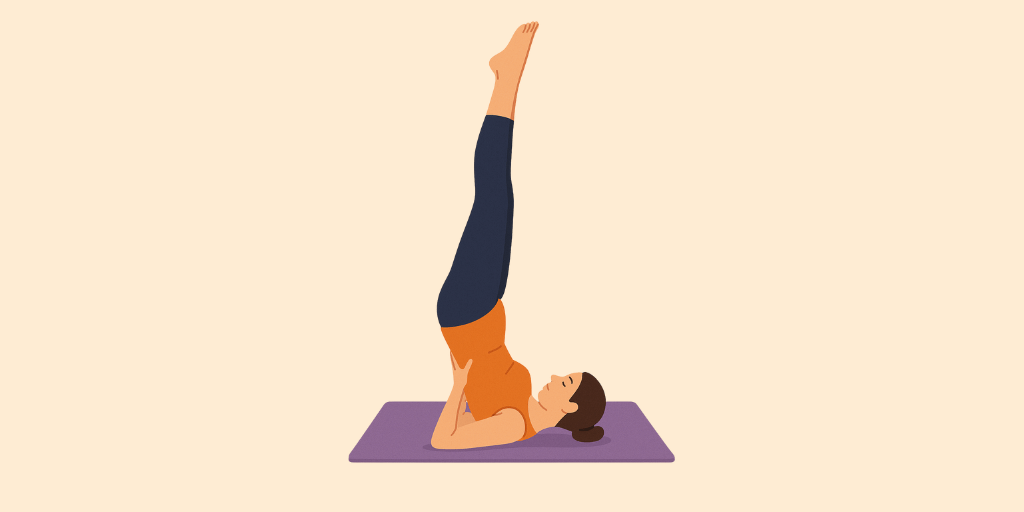Sanskrit Name: उर्ध्वपादासन
English Name: Raised Legs Pose
Description:
Urdhavapadasana is a yoga position whose name originates from Sanskrit. The term “Urdhva” translates to “upward” or “raised,” “pada” means “foot” or “leg,” and “asana” signifies “pose” or “seat.” Thus, Urdhvapadasana can be interpreted as “upward foot pose” or “raised foot pose.” This posture involves elevating the legs, usually above the hips, which challenges the core and legs while offering a stretch. Although Urdhvapadasana is not frequently mentioned in ancient texts such as the Hatha Yoga Pradipika or the Yoga Sutras of Patanjali, it has gained popularity in contemporary yoga practices. It is a simple yet effective pose often incorporated into routines designed to strengthen the core, enhance balance, and stretch the legs.
Benefits:
- Strengthens Core Muscles: This asana engages and strengthens the abdominal muscles, promoting core stability.
- Improves Flexibility: It enhances flexibility in the hamstrings, hips, and lower back, reducing stiffness and improving overall mobility.
- Stimulates Circulation: The pose encourages blood circulation in the legs and pelvic region, which can help alleviate fatigue and improve energy levels.
- Relieves Stress and Anxiety: Practicing Urdhvapadasana can help calm the mind, reduce stress, and promote mental clarity, contributing to overall emotional well-being.
- Supports Digestive Health: The gentle compression of the abdominal organs during the pose can aid digestion and relieve discomfort associated with digestive issues.
- Enhances Balance and Coordination: By requiring focus and stability, this asana helps improve balance and coordination, which is beneficial for overall body awareness.
- Promotes Relaxation: Holding this pose can lead to a state of relaxation, making it a useful practice for winding down after a long day.
Medical Conditions(Relief):
Incorporating Urdhvapadasana into a regular yoga practice can contribute to physical and mental health improvements, making it a valuable addition to therapeutic routines. Urdhavapadasana, or the Upward Leg Pose, can be beneficial for various medical conditions. It aids in improving circulation, enhancing flexibility in the legs, and strengthening the core muscles. This asana may also assist individuals dealing with lower back pain by promoting better posture and alignment. Additionally, it can help alleviate stress and anxiety, contributing to overall mental well-being. Regular practice of Urdhavapadasana can support better digestion and may help in managing symptoms of sciatica.
Medical Conditions(Avoid):
- Lower Back Pain: Individuals with chronic or acute lower back issues may exacerbate their condition due to the strain on the lumbar region during this pose.
- Hip Injuries: Those recovering from hip surgeries or injuries may find this asana uncomfortable or harmful due to the required hip flexion and extension.
- Knee Problems: People with knee injuries or conditions like arthritis should avoid this pose, as it can place undue pressure on the knee joints.
- Pregnancy: Pregnant individuals should refrain from this pose, especially in later trimesters, due to the pressure it may place on the abdomen and lower back.
- Recent Surgeries: Anyone who has undergone recent abdominal or pelvic surgery should avoid this pose until fully healed, as it can strain the surgical site.

